News
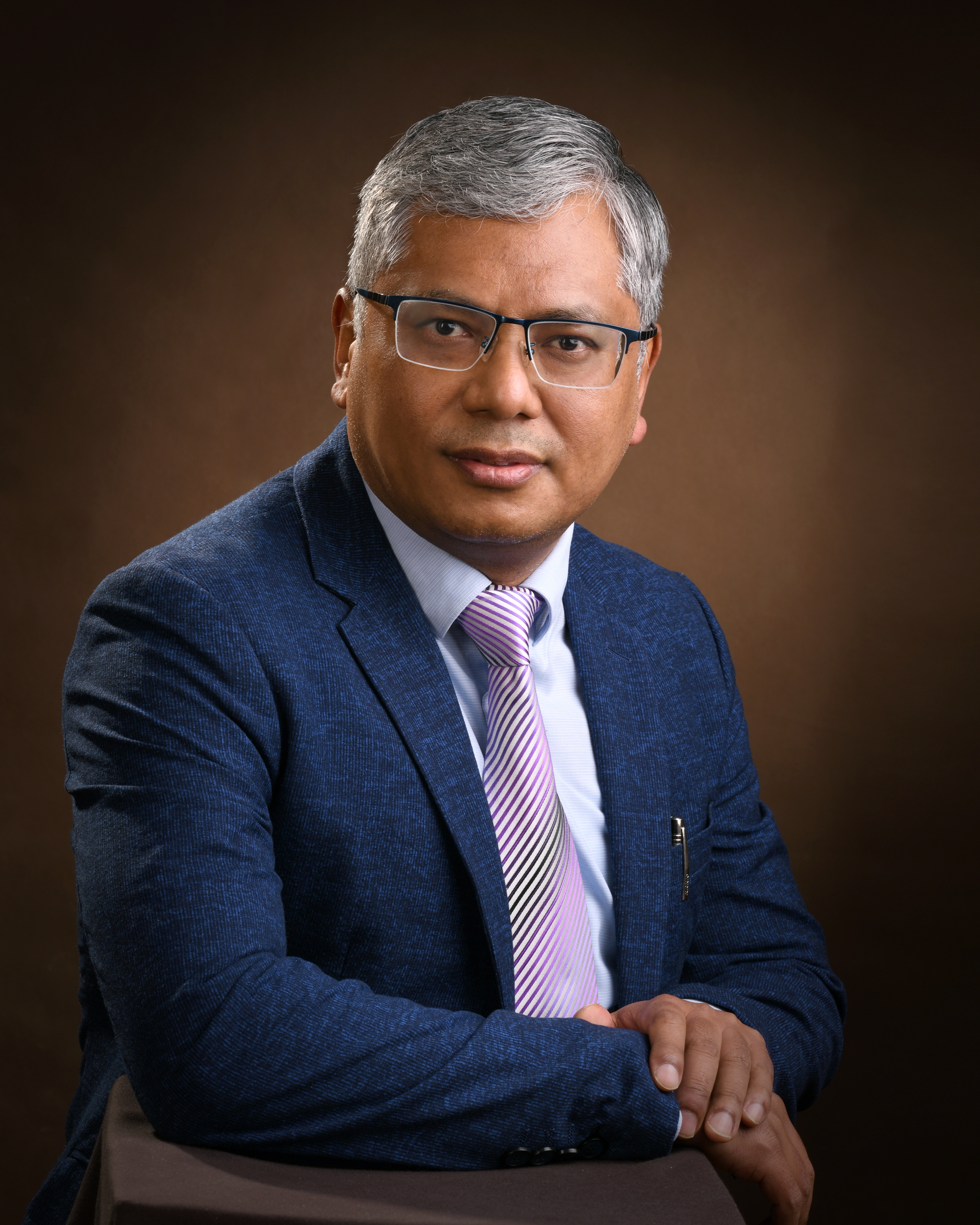
Prof. Bikash Nakarmi is associated with Microwave Photonics Lab under a Key Laboratory of Radar Imaging and Microwave Photonics, College of Electronics and Information Engineering, NUAA. The Lab specializes in Photonics and communication systems. Prof. Nakarmi and his team are focused on Microwave Photonics, Silicon Photonics, optical Communication and Computing, Digital Photonics, Memory Accessing techniques, and Surface Plasmonic based Biosensors. The ongoing projects are:
1. Microwave photonics: In this topic, we mainly focus on overcoming the three significant challenges; Secure (S), Robustness (R), and Resolution (R), S2R that are present in the current RADAR system. To attain this objective, our group is working on (i) generating robust and highest quality different IEEE radar band signals, (ii) signal processing and detection system, (iii) analyzing interferences in the multi-radar system and its impact on radar’s performance, and (iv) imaging the objects with higher resolution.
2. Integrated Memory Accessing techniques: This research aims to reduce the performance gap between the processor speed and memory accessing rate. Developing optical memory units with the WDM accessing method is proposed as a solution. As a part of this research work, various optical components are designed and fabricated based on silicon photonics. Upon completing this project, we target to reduce the performance gap by at least 25%.
3. Silicon Photonics: Silicon Photonics is a promising technique for future implementation; this research focuses on implementing the digital blocks for programmable optical devices through integrated silicon photonics. In demonstrating the individual components, we target developing a photonics-based ALU unit that can be used for all-optical techniques.
4. Biosensors: This topic focuses on noninvasive techniques for sensing different analytes. Surface plasmonic, the electromagnetic surface wave that propagates parallel to the negative permittivity-dielectric material interface, is the main principle in this research work. Surface plasmonics is highly sensitive to boundary conditions such as refractive index and change of medium and can be used for real-time sensing interactions of biological and chemical analytes. Various nanostructures, such as slit-groove, slit only, and slit-groove-slit structures, are analyzed and developed to obtain higher sensitivity. With these structures, we aim to detect glucose amounts in the saliva and develop a novel device for detecting diabetes through noninvasive techniques.
These research works are funded by universities, industry partners, the government, and other research institutions. Our team collaborates with different national and international universities, government institutes, industry, experts, and funding bodies for sustainable multi-disciplinary state-of-the-art research.
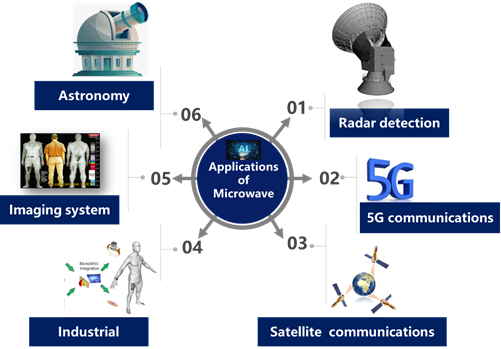
Microwave Photonics is an extensively researched field and applied in optical wireless networks, 5G mobile communications, radio-over-fiber communication, microwave beamforming, and satellite telecommunication system..
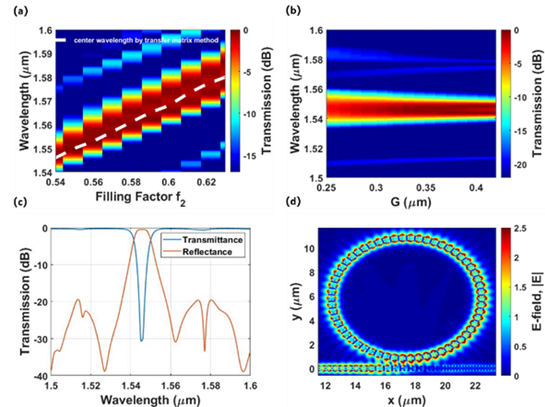
Silicon photonics has been developed as one of the most promising techniques for integrated photonics due to its unique advantages of high integration density, low loss and compatibility with the CMOS process, and cost and power effectiveness.
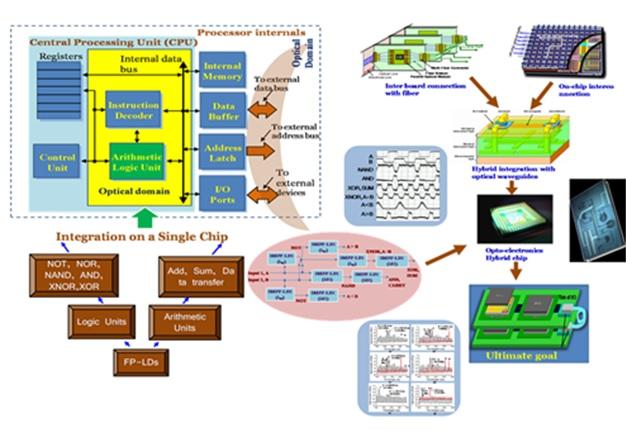
In digital photonics, we mainly focus on the realizations of different optical units that ranges from optical logic units, optical combination blocks, optical memories, switching and others. The research is mainly divided into implementation of optical computing unit and memory accessing techniques...
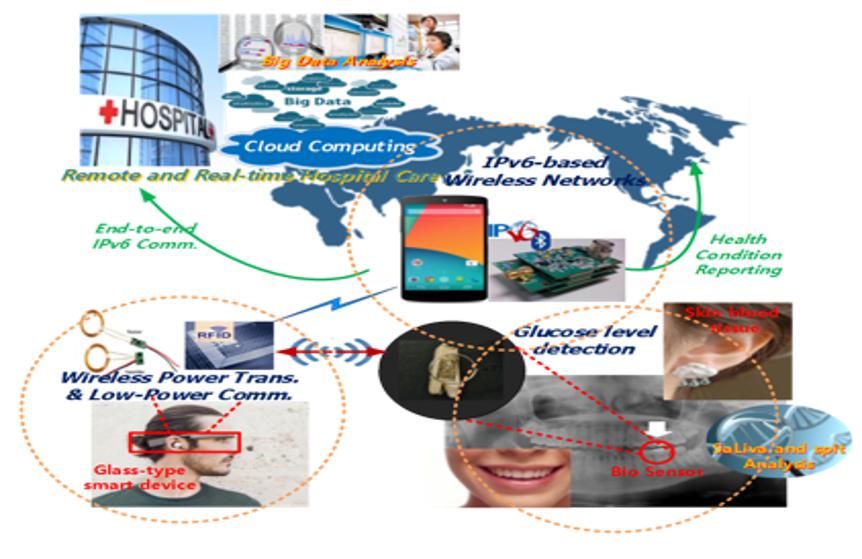
Photonics bio-sensor is getting more attention due to several advantages it possesses such as low EMI effect, small size and immune to side effect. ..

Objective: The main aim of this course is to equip students with an understanding of the digital signal processing techniques...

Objective: The main aim of this course is to equip students with the understanding of the fundamental of laser, their...

Objective: The main aim of this course is to equip students with the understanding of the basics of optical engineering,...

